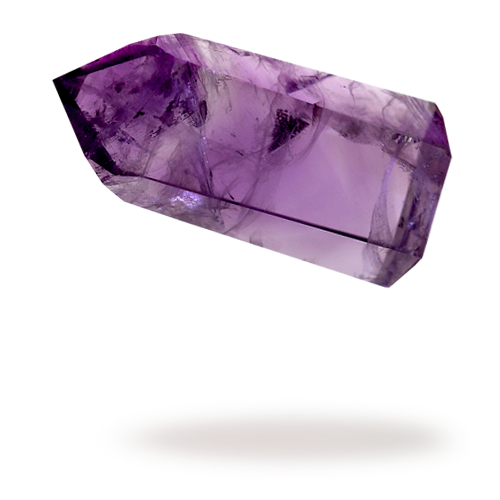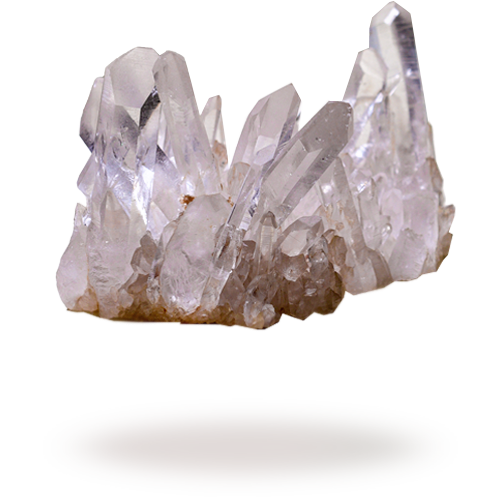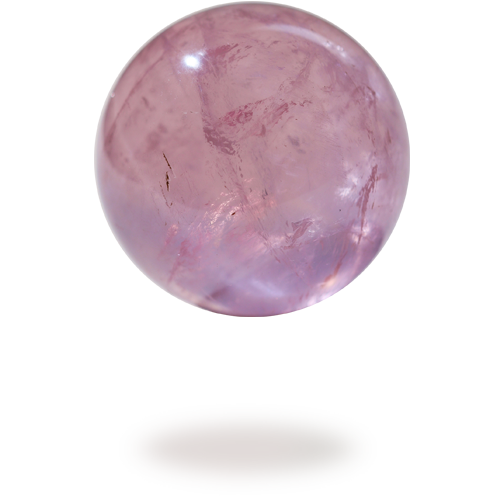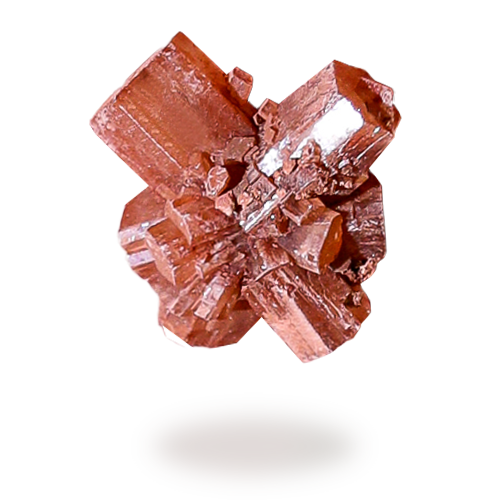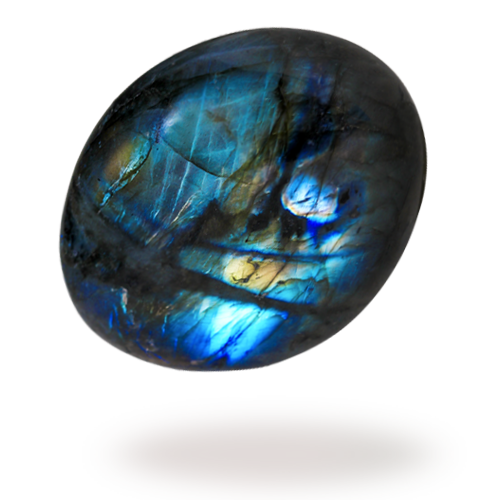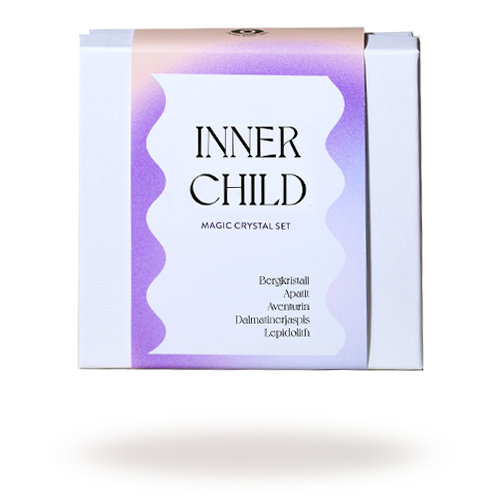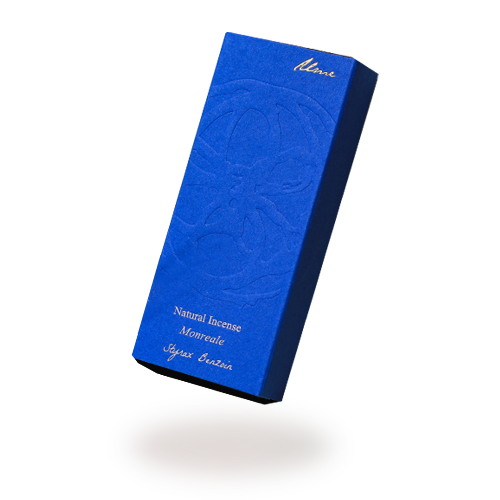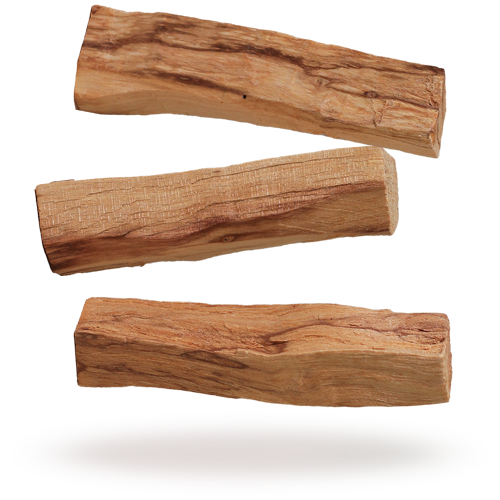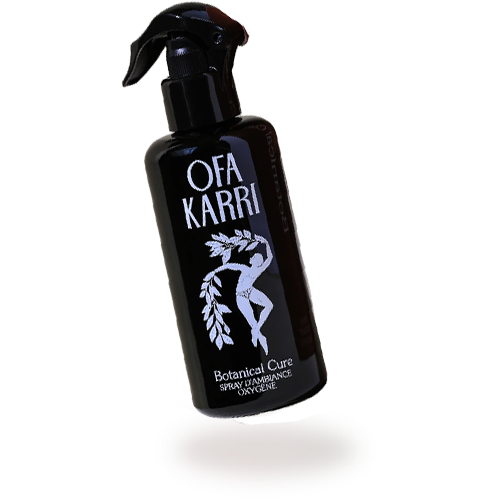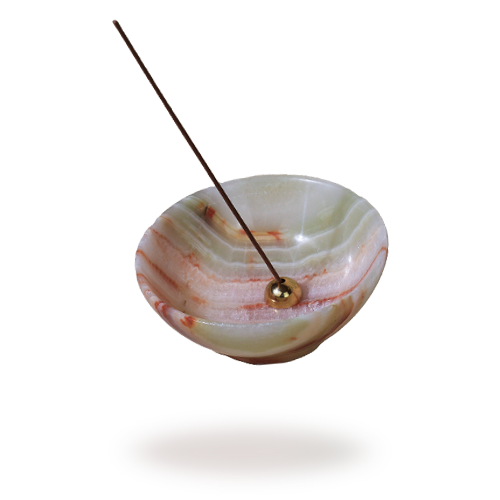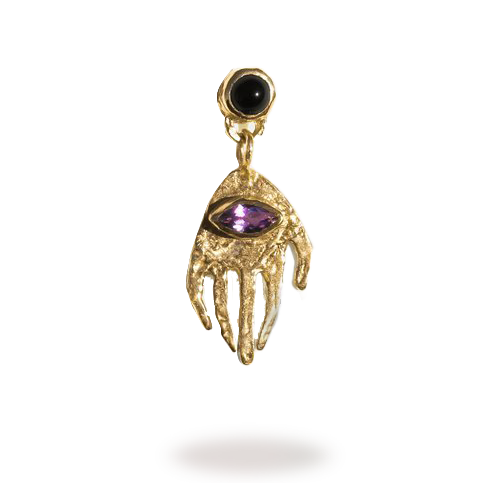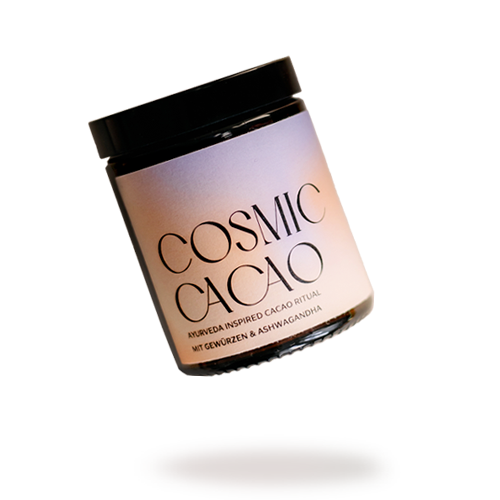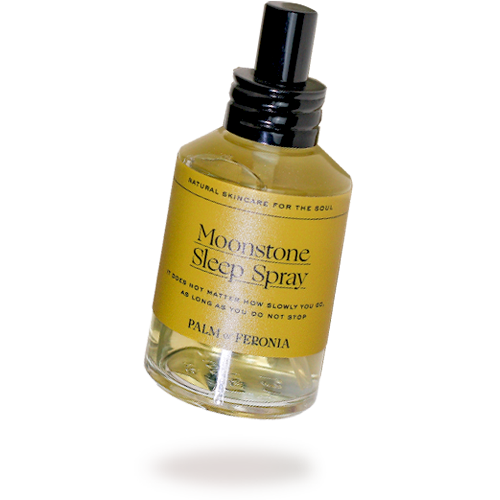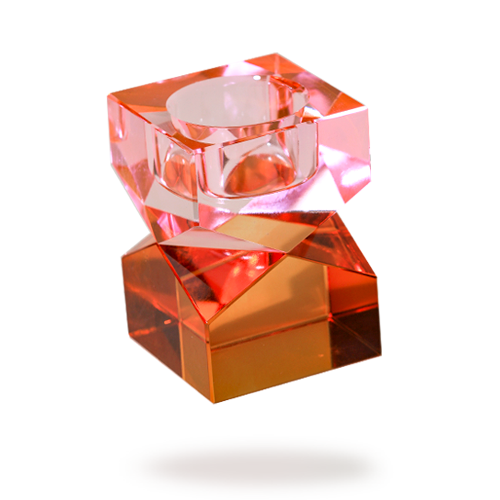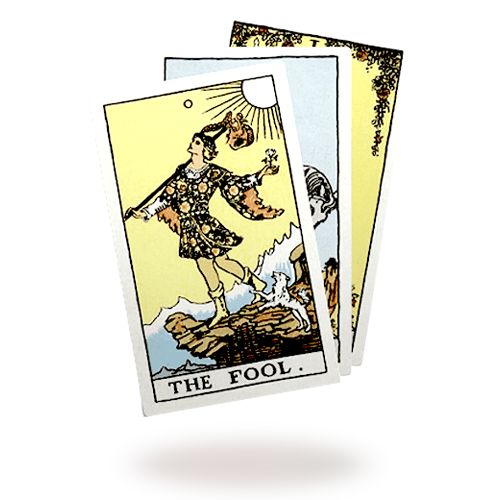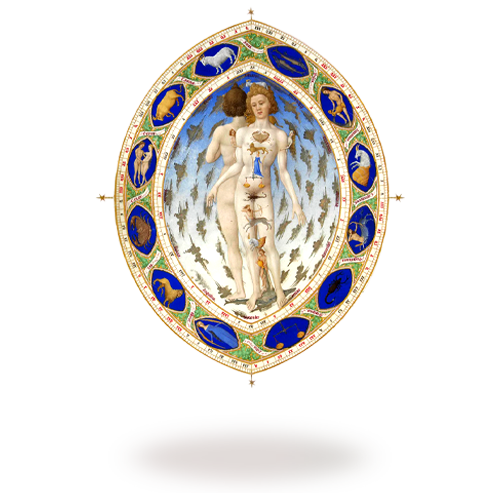Transparent supply chains: Where do our crystals come from?
One of the most common questions we get asked in our store: Where do your stones come from and who processed them?
In brief: Instead of relying on mass production, we source almost every stone from a different region, for example from Minas Gerais in Brazil, Navajun in Spain, or the northwest coast of Madagascar. In this way, we ensure that supply chains remain short and that we offer the best possible quality, sometimes in very small quantities.
After many years in this industry, we are experts in sourcing and are happy to show you how to tell that crystals have been sourced with care.
Short supply chains vs. outsourcing
Unfortunately, that's often how it works, but from our point of view it shouldn't: Ship raw stones from Brazil or Madagascar to the port in order to send them to China for further processing and from there to the world. This type of production damages the local economy because it rips an important part of the value chain, the craft, out of the country of origin of the stones. It also harms the environment because crystals are shipped and temporarily stored and have long delivery routes.
We therefore only purchase from dealers who grind and process in the country of origin. With the exception of a German gemstone cutting factory from which we purchase a few selected pieces of special quality. One of the few crystals that we obtain from China is also found there: Today, rainbow fluorite primarily comes from the Shangbao Mine in Hengyang, which is why we also have this crystal processed in China.
With a little practice, you can identify mass-produced crystals yourself. The visual difference is serious: in mass production, you want to keep weight and size consistent. Crystals in many different colors, which should actually be processed in different places on earth, all look quite uniform. In contrast, when it comes to handcrafted stones, the focus is on the individual shape. So the more uniform all the tips, balls and shapes look, the more likely mass production sourcing is. Direct contacts vs. middlemen Whenever possible, we use direct contacts when purchasing our crystals. We often know not only the dealers, but also their families personally. In some countries, for example in Madagascar, we deliberately work with a middleman who regularly travels to the country to personally select pieces. One of our importers lives in Madagascar for 8 months of the year and in France for 4 months - we source some of our most beautiful pieces from him and choose them personally from him on site.
Transparent sources
Reputable shops can provide the locations of their crystals if asked - but sometimes they will want to protect their exact sources, so you should understand if they don't give you the exact reference point. However, they should be able to tell you a region or a mine and the route for further processing. For example, our Celestines come from the Sakoany mine in Madagascar via an experienced importer from Germany and are processed in the country of origin. For us, being able to name the location, region and import country is an important indication of responsible sourcing.
Fair Crystals
A widely read marketing slogan now: “100% fair” or “ethically sourced” – how much is behind it? If a dealer throws such statements around, he should at least comply with the above points, for example not buying all crystals from a single middleman in Germany, or having Brazilian crystals processed in China. In the best case scenario, the dealer also actively participates in recultivation, supports family businesses or mines run by women. However, social commitment should not obscure individual responsibility: better than rebuilding damaged resources through donations or reimbursements, it is to protect them from the start. Since there is no independent certificate for fair trade in our industry, you as a consumer are asked to critically question advertising claims such as “fair crystals”. From our point of view, the chances that a dealer who offers artificially treated stones, mass-produced goods from the Far East, or a completely standardized range has taken the trouble to look closely at the sources is negligible. We consciously avoid this type of advertising statement and prefer to ask ourselves what these terms should mean and how we act responsibly in international trade.
